By Rabbi Yair Hoffman for 5tjt.com
Sal and Vinny, the barbers, have, uncharacteristically, been calling up the halacha hotlines across the country with the following question: Should we staff up for an onslaught on Friday or not?
[Actually, they probably have not called – but, hopefully, you do get the picture].
SHORT ANSWER
The short answer is that they should staff up. Because the Mishna Brurah (493:5) permits one to get a haircut when Rosh Chodesh Iyar falls on Friday, Erev Shabbos. The rationale is that one is getting the haircut for two reasons: In honor of Rosh Chodesh and in honor of Shabbos. When both reasons come together – then even those that keep the first Sefirah may shave and get a haircut. [By the way, this also happened 3 years ago].
And this ruling even trumps the custom of avoiding haircuts on Rosh Chodesh (Rav Yehudah haChassid)
Now, one shouldn’t ask: But wait! the Mishna Brurah only writes that its permitted when Rosh Chodesh Iyar falls on Shabbos! Here it is only the second day of Rosh Chodesh Iyar that falls on Shabbos!
The reason is that our calendar has a rule- Lo BaDU Pesach – Pesach can never fall on a Monday, Wednesday or Friday. This means that every Rosh Chodesh Iyar that falls on a Shabbos also falls on Friday. The Mishna Brurah knew this too, and was referring to it as well.
Here is a way to remember the Marei Makom of this Mishna Brurah for future reference:
Imagine that Don Freeman’s famous character, “Mop Top,” – was born with the name “Hershel.” Now imagine Hershel Gets a Haircut – but we spell Getz in Hebrew with the letters Gimel, Tof, Tzaddik.
Tof Tzaddik Gimel is 493 and Hershel is with a Hey. Yes, corny, but it works to remember the exact siman in Mishna Brurah.
THE LONG ANSWER
Aside from the halacha about haircuts, we must keep in mind that there are three aspects to Sefirah:
- It was the time that we transformed as a nation from a lowly spiritual state to our highest point of spirituality ever.
- On the 16th of Nissan, a measure of the newly grown barley crop was brought to Hashem as an offering in the Beis HaMikdash. The amount of the offering was called an “omer,” which was one-tenth of an eifah. An eifah is the volume of 432 chicken eggs. So the Korban Omer is the volume of 43.2 eggs.
- It is a sad period during which the 24,000 students of the great sage Rabbi Akiva died tragically.
The meforshim (see Rashash Siddur p. 1070) have explained that the first two aspects are tied to each other. The Korban Omer is made of barley, generally the feed of animals. On Shavuos we bring the Shtei HaLechem, food that is the exclusive domain of man. Thus the two offerings represent the transformation from a low spiritual state to a high one. Others have further pointed out that the third aspect also ties into the first two, in that the students of Rabbi Akiva, unfortunately, did not entirely fathom the full depth of the lesson of the spiritual apogee that the Shtei HaLechem offering represents.
The Rambam writes that it is a positive mitzvah of the Torah to count the Omer, as it states (Vayikra 23:15), “And you shall count for yourselves mi’macharas haShabbos.” The word “haShabbos” means after the yom tov—Pesach. The Rambam (Hilchos Temidim uMusafim 7:22) is of the opinion that at this time, even though we are in Galus and we do not have the Beis HaMikdash, the mitzvah still retains its biblical status.
Most other poskim (see Beis Yoseph O.C. 489), however, believe that the mitzvah is now only miDerabannan. The Ran, the Rosh, and Tosfos hold that since we no longer have the Beis HaMikdash, the mitzvah is only of rabbinic origin. The Mishnah Berurah rules like this latter opinion. However, the Rema writes that we must be concerned for the opinion that it is biblical, and that is why we are stringent in regard to these laws.
Period Of Transformation
During this period, with Hashem’s help, the Jewish nation transformed itself from the second-lowest level of impurity into becoming the Dor Deah, the generation of knowledge. In short, they catapulted themselves into becoming the greatest generation that ever lived.
The Zohar teaches us that on account of this transformation of the nation of Israel, the days themselves were imbued with special qualities and capabilities. How can we take advantage of them?
Our general tools of becoming close to Hashem throughout the year involve the areas of Torah, avodah, and chesed. This is through developing our connection to Hashem through studying His Torah, in our davening, and through emulating Him with acts of chesed. The spiritual “high” we feel after performing a genuine act of chesed, such as engaging in hachnasas kallah, is, in actuality, part of the journey of Dveikus Bashem—connecting and cleaving to Hashem.
During the time of Sefirah, we include an additional set of tools. The brother-in-law of Rav Shlomo Alkabetz was Rav Moshe Cordovera, zt’l, or the RaMaK. He lived in Tsfat in the 1500s. In the RaMaK’s Galus HaShechinah (p. 116 Yudaikin Edition) we find how these tools may be used:
Each of the seven weeks of the Omer represents one of the seven attributes of Hashem. Each day in the week also has the qualities of the seven attributes of Hashem as well.
The first week represents the attribute of Chesed, or lovingkindness.
The second week represents the attribute of Gevurah, or strength. Thus, the first day of the first week represents the concept or notion of chesed within the concept of chesed. The second day represents the idea of strength within chesed. Rather than to be ignored, this should be viewed as a rung of spirituality that one can ascend in one’s own personal growth.
The third week represents the attribute of Tiferes, or glory.
Then comes Netzach, consistency.
Hod represents beauty.
Yesod represents fundamentals.
The last week represents the attribute of Malchus—regality.
The combination of each of these attributes, wherein the attribute of the day is an element of the attribute of the week, serves to catapult our personal growth and development in emulating Hashem and developing our Dveikus toward Him. Thus, on the eighth day of the Omer, according to the RaMaK, we should focus on achieving the strength of chesed (gevurah sh’bechesed).
Increasing Our Sense
Of Appreciation
The Midrash further explains that the Torah gave us this mitzvah of bringing the Korban Omer on the 16th of Nissan in order to remind ourselves of the Omer of manna that we received from Hashem—each day we were in the wilderness. This element of the Sefiras HaOmer therefore serves to increase our hakaras ha’tov to Hashem for sustaining us in the wilderness as He made us into His Torah Nation. It also serves as a reminder that Hashem will always love us and watch out for us.
The author can be reached at [email protected]

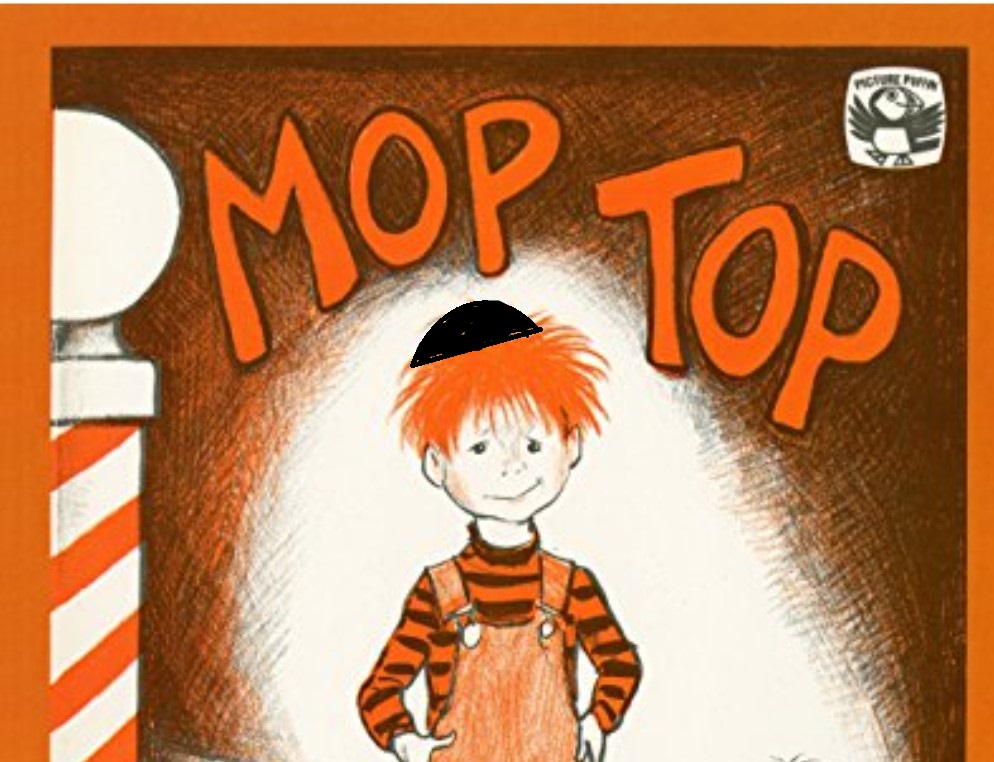
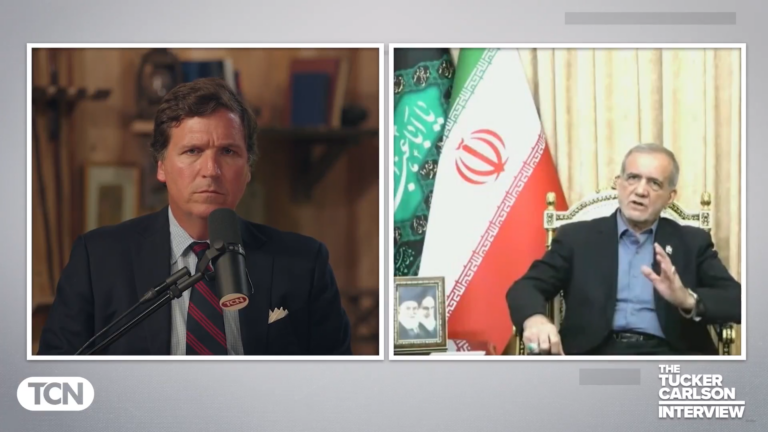


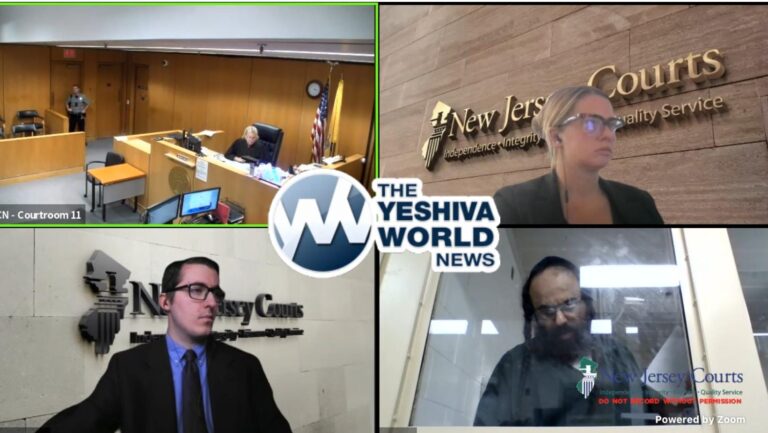


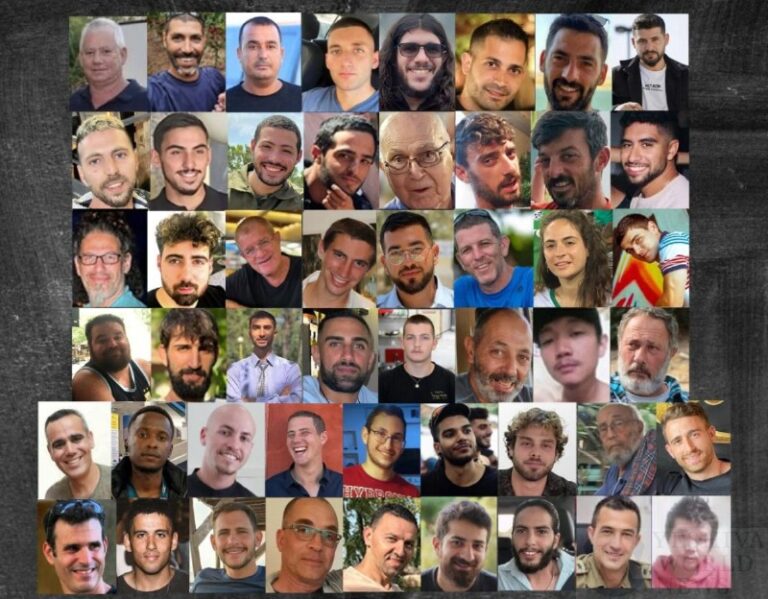
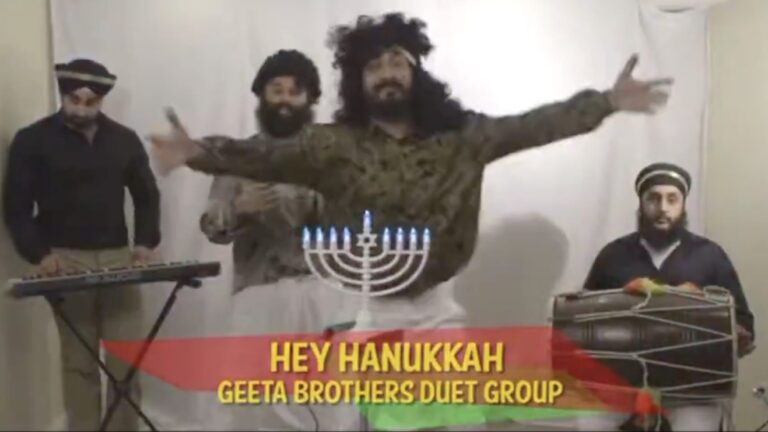
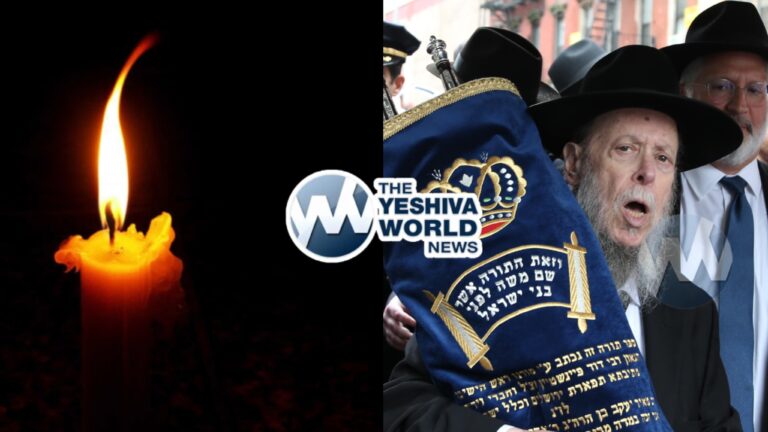
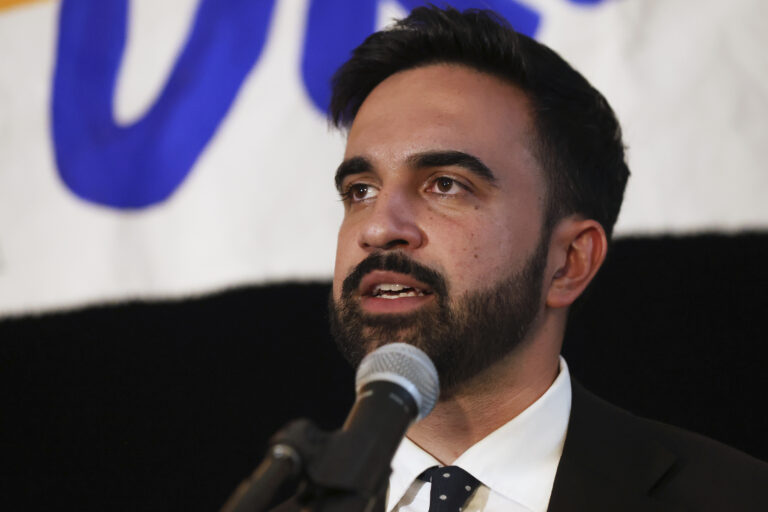
8 Responses
1)The short answer is that they should staff up. So that I can get a haircut & look spiffy & done up just 5 days later on the milestone 3/4 Century יום-העצמאות הבא עלינו לטובה
2) It is a sad period during which the 24,000 students of the great sage Rabbi Akiva died tragically. seems outdated after everyday alone more than 24,000 died during WWII; Jewish history has tragically seen numerous worse calamities than 24,000 so why aren’t these other major calamities also commemorated?
We must learn a lesson to respect each other.
to 147
when the chacomim (seemingly smarter than you ) instituted halachos
there are hidden meanings besides the obvious
we dont necc change things due to what we understand or dont understand
“Tof Tzaddik Gimel is 493” .. Interestingly enough the author spells Getz by reversing the letters. Why not saying Getz is Guimel, Tav, Tsaddik? Did you know that all this turmoil in France is because people are saying E. Borne is abusing article 49.3? It didn’t matter anyway, they approved a pension reform in a way that didn’t sound right.
Then you have an interesting story regarding a red hair little boy and a hair cut followed by the korban pessah. Is it related to the red cow ashes?
“The sacrifice of a red heifer could take place on the Mount of Olives in Jerusalem as early as 13 months from now.
Texas businessman Byron Stinson – the man instrumental in locating and helping get five red heifers from the United States to Israel – told ALL ISRAEL NEWS that finding the sacrifice-ready cows was not the only objective. Boneh Israel, the organization Stinson is involved with, has also purchased land on the Mount of Olives that meets the requirements for a biblical sacrifice outside of a temple.
Stinson explained that a sacrifice does not necessitate a new temple. It can also be conducted at a certain height and direction – and the plot on the Mount of Olives meets these requirements.
“This is a big step – this is a huge sign. If we’re able to do the ceremony in a year and a half, to two years,” he said. “It doesn’t mean that the temple is going to be built within one year, 10 years or 40 years, 100 years… because you have the ashes. Solomon had the ashes of the red heifer and then lasted 1000 years.”
“The red heifer does not mean you have to immediately build. However, I think it’s like a key that turns on the engine,” he added.”
Did anyone know the third temple is being built?
Tav is the last letter in Hebrew, Z for the alphabet we use in the West. Religious symbolism:
“According to the Book of Ezekiel, IX, 1-6, only men marked on the forehead with this letter would escape the destruction of Jerusalem.”
This Heter doesn’t seem to apply to Sepharadim though. See references on InstaRabbi.
In about 1000 C.E. the Ashkenazic halachic authority Rabbeinu Gershom of Mainz issued a decree called “Cherem de’Rabbeinu Gershom” banning bigamy. To prevent this decree from causing flippant divorces previously unnecessary, he also decreed that “a woman may not be divorced against her will.”
The “Heter meah rabbanim” must be questionned, especially at this time. I remember rabbanim saying if we have “meah” cases of people diagnosed (sadly, it was a wrong diagnostic too) with corona then we “must” apply all the restrictions suggested by those “doctors” who were more than “meah” to do so. Remember numbers are being falsified and exagerated nowadays.
I strongly disagree with that -cheat and remarry if you can have 100 buddies backing you up- and I see more integrity, rightfullness in achkenazi laws.